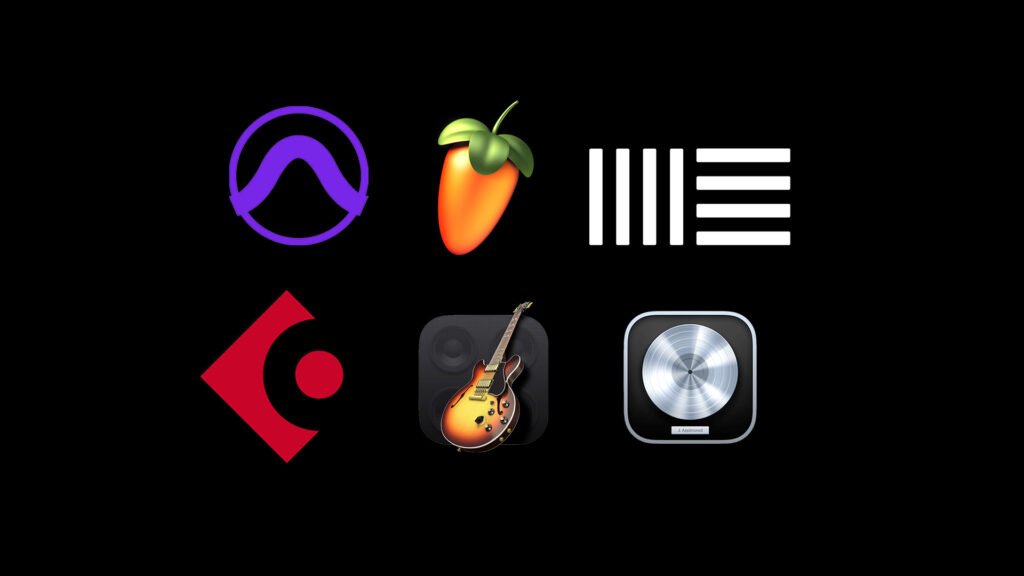
What is a DAW?
Digital Audio Workstations (DAWs) are powerful software tools that have revolutionized the music industry. DAWs have become an essential part of the music-making process, enabling musicians and producers to record, edit, mix, and master their music in a digital format. In this article, we will explore what a DAW is and how it has changed the landscape of music production.
What is a DAW?
A DAW is a software application that is used to record, edit, and produce digital audio. It is a digital platform where all the components of a music production project can be stored, including MIDI data, audio recordings, virtual instruments, effects, and mixing tools. A DAW is essentially a digital recording studio that can run on a computer.
DAWs have been around since the late 1980s, and they have come a long way since then. In the early days, DAWs were relatively simple and had limited functionality. Today, DAWs are incredibly powerful, and they have become the standard tool for music production.
How does a DAW work?
DAWs work by utilizing a computer’s processing power to record and process audio. The software is designed to mimic the functions of a traditional analog studio, with virtual instruments, effects, and mixing tools that can be used to shape and manipulate sound.
One of the most significant advantages of a DAW is its ability to manipulate audio in a non-destructive manner. This means that changes can be made to a recording without permanently altering the original file. For example, if a recording is too quiet, it can be amplified without distorting the sound quality.
What are the features of a DAW?
DAWs come with a variety of features that are designed to help musicians and producers create high-quality music. Some of the most common features of a DAW include:
- Recording and Editing: DAWs allow users to record and edit audio with ease. This includes everything from basic editing tasks like cutting and pasting to more advanced features like pitch correction and time-stretching.
- MIDI Sequencing: DAWs come with built-in MIDI sequencing tools that allow users to program virtual instruments and create complex arrangements.
- Mixing and Mastering: DAWs are equipped with a variety of mixing and mastering tools that allow users to create a professional-sounding final product. This includes EQ, compression, reverb, and other effects.
- Virtual Instruments: DAWs often come with a variety of virtual instruments, including synthesizers, drum machines, and samplers. These instruments can be used to create a wide range of sounds and styles.
- Collaboration: Many DAWs come with collaboration tools that allow multiple users to work on the same project simultaneously. This makes it easier for musicians and producers to collaborate with each other, regardless of their location.
Conclusion
In summary, a DAW is a powerful software application that is used to record, edit, and produce digital audio. It has revolutionized the music industry by providing musicians and producers with the tools they need to create high-quality music in a digital format. With its advanced features, ease of use, and collaborative capabilities, it is no surprise that DAWs have become an essential part of the music-making process.

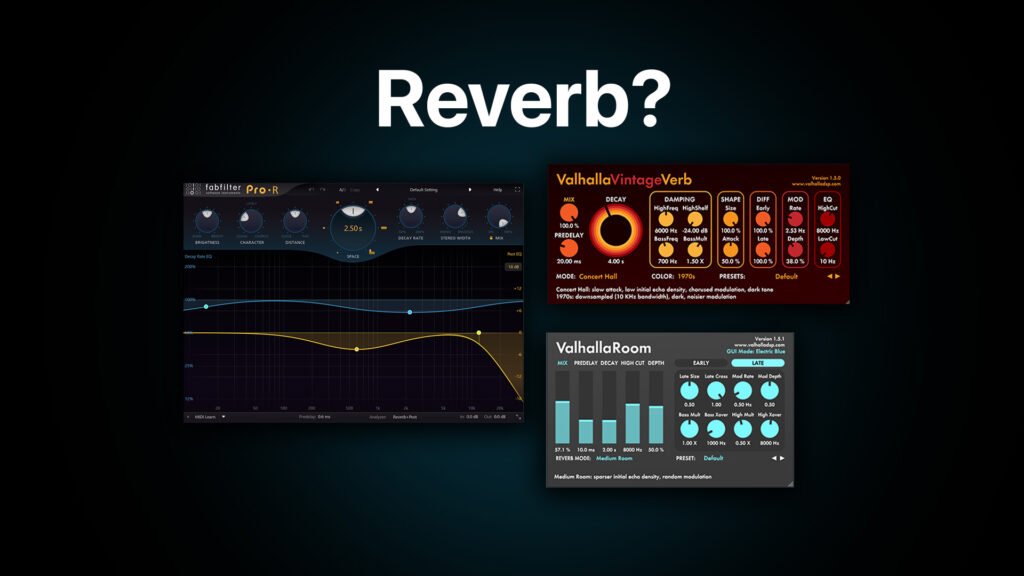
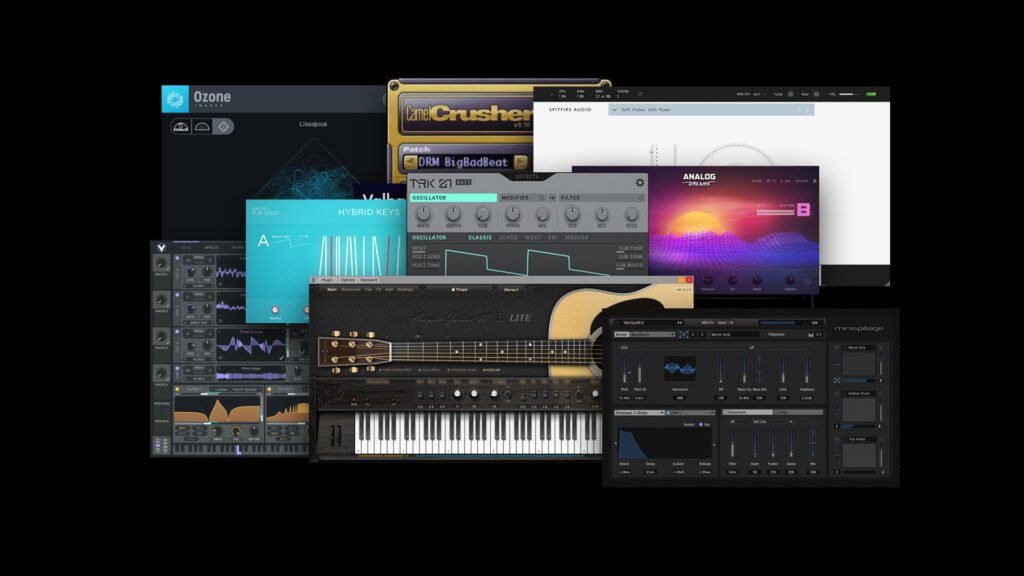
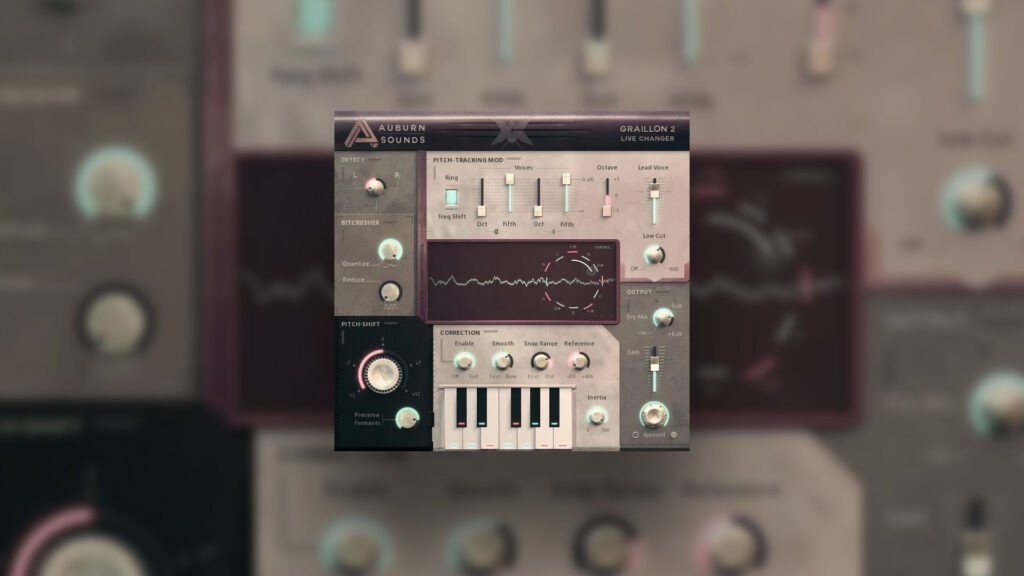
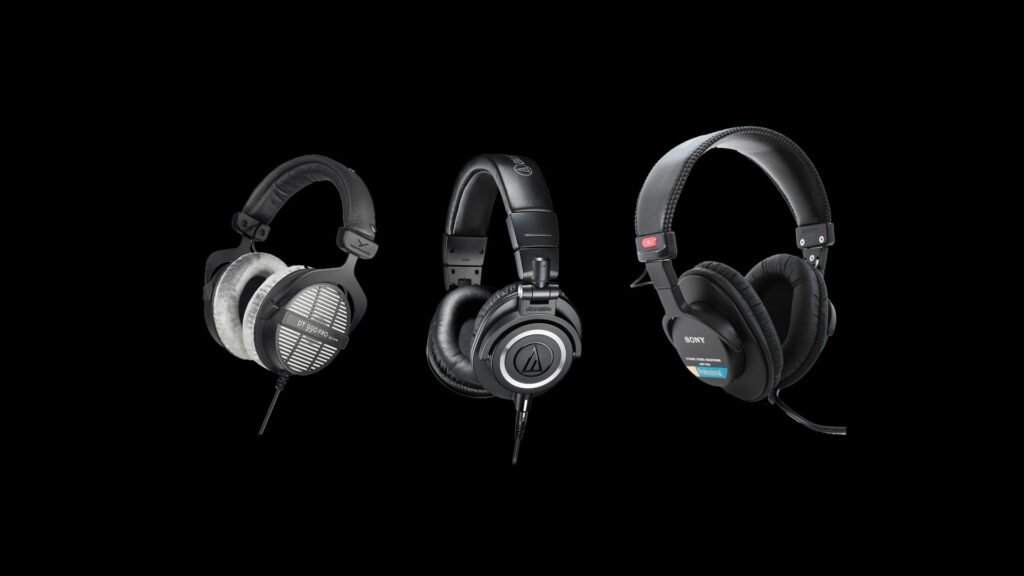
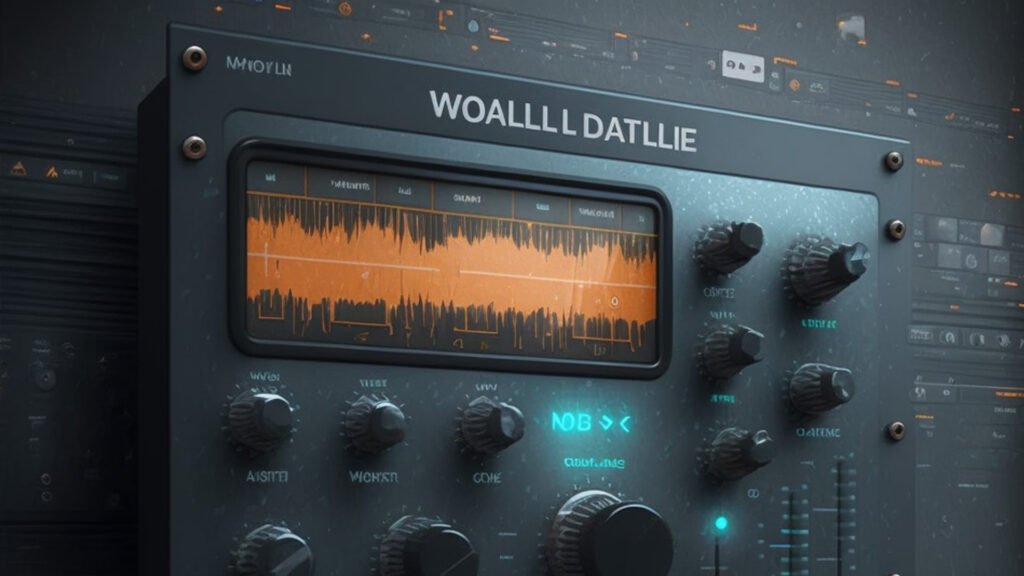
Responses